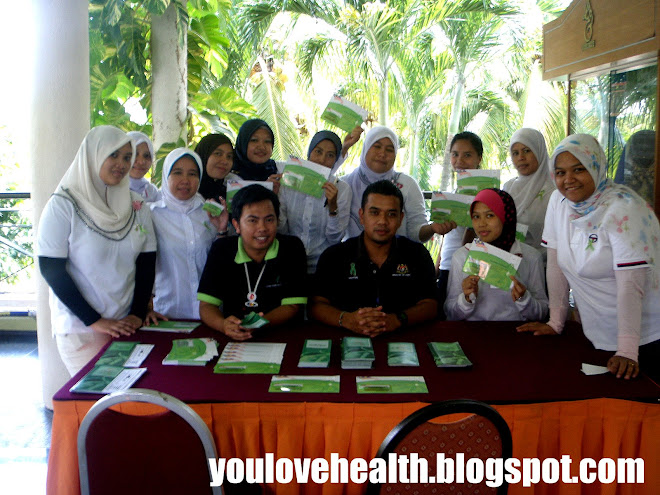Surprise Nutritionist No-Nos
Posted Tue, Apr 07, 2009, 2:21 pm PDT Ya, ya, we know what foods nutritionists want us to avoid -- bacon, coffee, hamburgers, fried stuff... But a good number of friendly-looking foods also fall into that category. Instead of fearing all foods, I asked Today Show nutritionist and bestselling author of Joy's LIFE Diet, Joy Bauer to determine her top picks for seemingly safe foods that actually do not do a body good...
JOY BAUER'S 5 PICKS-TO-SKIP...
2% Milk
The FDA allows 2% milk to be labeled reduced-fat, but that's a relative term (whole milk is 3.25% fat). Calorically speaking, the difference between whole and 2% milk isn't all that impressive: 150 calories for a cup of whole milk vs. 120 for a cup of 2%. Skim milk, on the other hand, has the same protein and calcium content as whole and 2%, but weighs in at 80 fat-free calories per cup. Assuming you drink a cup a day, switching to skim will save you more than 14,000 calories in a year's time. That simple substitution translates to a four-pound yearly weight loss!
Whole Wheat Bagels
While it's true that whole grains, and products made from whole grains, are much healthier than their refined flour counterparts, some whole grain foods are not worth the calories. Take bagels, for instance. A big, New York-style whole wheat bagel has just as many calories (350 or more) as one made with white flour. Definitely stick with whole grains when it comes to bread products, but instead of your Sunday morning bagel and lox ritual, try a toasted whole grain English muffin (130 calories) and lox instead. You'll save at least 200 calories, and who doesn't love all those nooks and crannies?!
Chicken Caesar Salad
It's easy to see why our next trickster, Chicken Caesar salad, leads people astray. After all, aren't we constantly being told to eat more vegetables, and to choose lean sources of protein? But McDonald's Caesar Salad with Grilled Chicken contains 410 calories and 24 grams of fat, while their Quarter Pounder has the same number of calories, and even less fat. And that's nothing compared to the classic Chicken Caesar salad recipes you'll find at local restaurants and chains, which contain approximately 1,100 calories and 96 grams of fat.
The culprits, of course, are the creamy Caesar dressing and oil-soaked croutons. Nearly half the calories in McDonald's salad comes from the dressing, so if you switch to their low-fat balsamic vinaigrette, you save 150 calories, as well as 15 grams of fat. The calories in a classic Chicken Caesar almost anywhere can be nearly slashed in half if you lose the croutons and substitute a teaspoon of olive oil (two dashes) and unlimited vinegar for the dressing. Can't live without the Caesar dressing? Request it on the side and go easy!
Granola
This cereal was invented in 1863, and then revived 100 years later in the "crunchy granola" 1960's. Originally a simple mixture of rolled oats, nuts, and honey, granola has morphed into a product its 19th century creator would hardly recognize. Bear Naked's latest "all natural" flavor contains 21 ingredients, including four types of sweeteners, chocolate, and peanut butter. It's also 140 calories per ¼ cup (that's a whopping 280 per serving!). Even low-fat granola packs a caloric punch. One serving of Health Valley's Real Oat Bran Almond Crunch clocks in at 200 calories. Consider that the average breakfast bowl holds about two cups of cereal, and you see why granola spells "trouble."
TIP: If you really like starting your day with granola, stick with ¼ cup, and mix it with a less caloric cereal, like Bran Flakes or plain Cheerios. Another option is to sprinkle one to two tablespoons on low-fat yogurt or cottage cheese.
Fruit Smoothies
Sure, all that fruit makes smoothies healthier than a milk shake, but your waist doesn't know the difference between the calories in berries, bananas, soy milk, and antioxidant "boosts," and those in ice cream, whole milk, and chocolate syrup. In fact, Jamba Juice's original size Peanut Butter Moo'd® smoothie contains an astounding 840 calories. That's 160 calories more than a medium chocolate shake at Burger King!
You can still enjoy smoothies, just order smart or make your own. "Jamba Light" options contain 150-160 calories per 16-ounce serving, and the same size "All Fruit" selections are 200-220 calories. If you have a blender, try pureeing a sliced banana, one cup of strawberries, one cup of skim milk, and ice to taste. This healthy homemade concoction contains about 230 calories, and will save you lots of dough (smoothies can be pricey!).

















